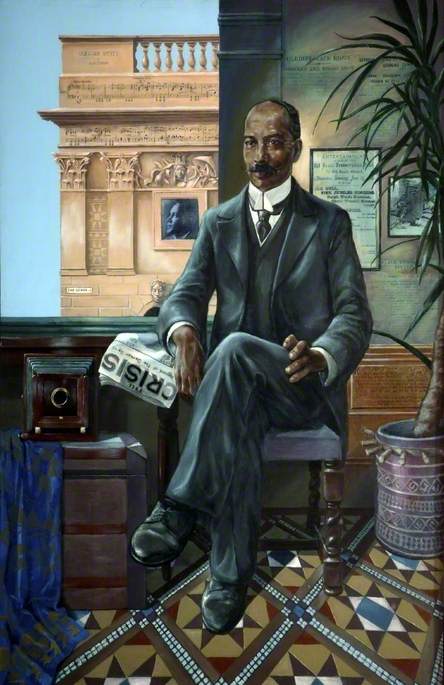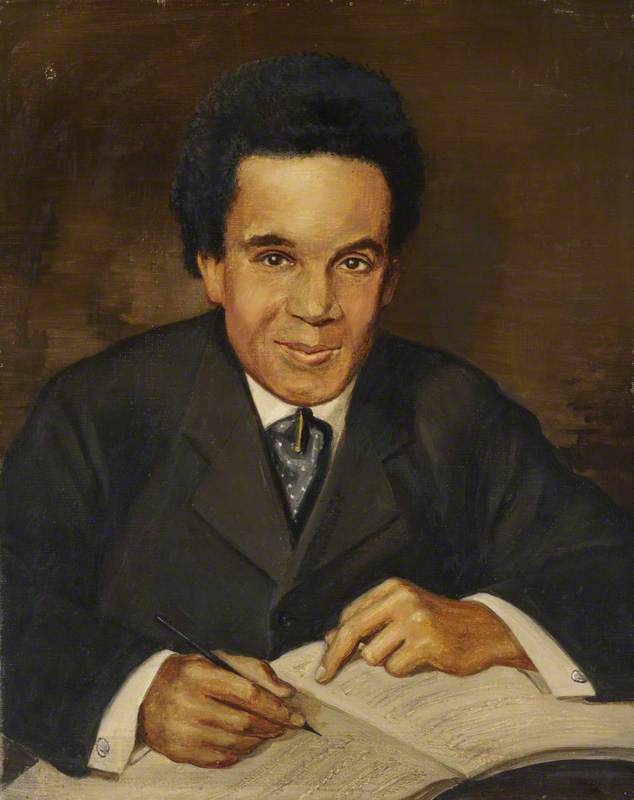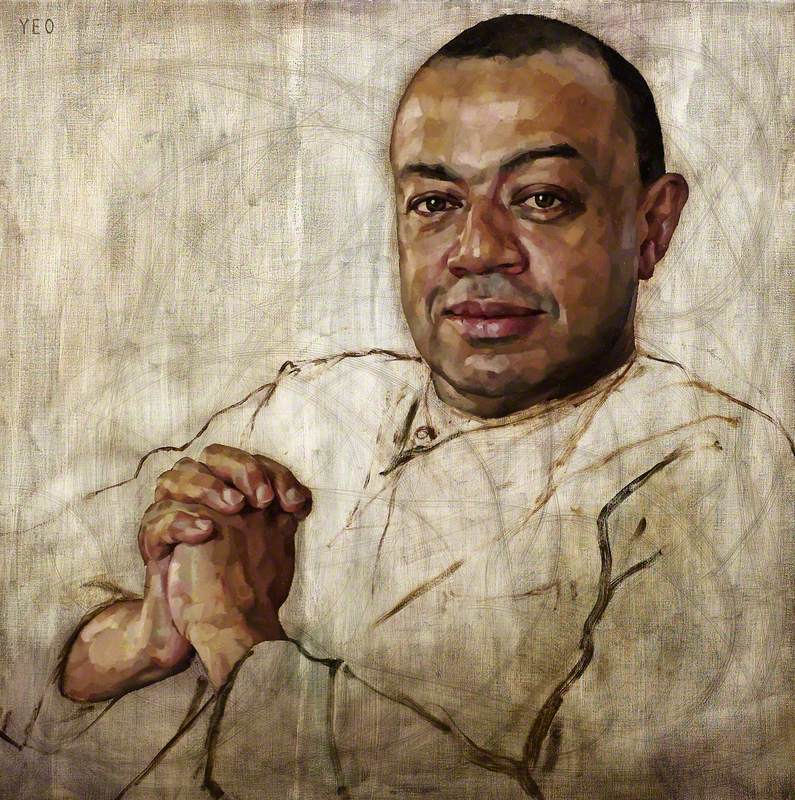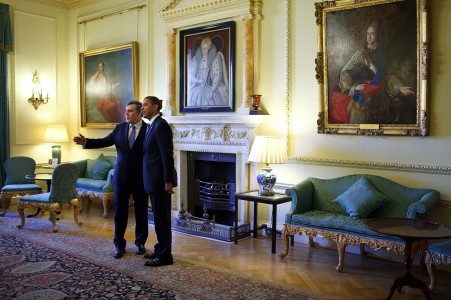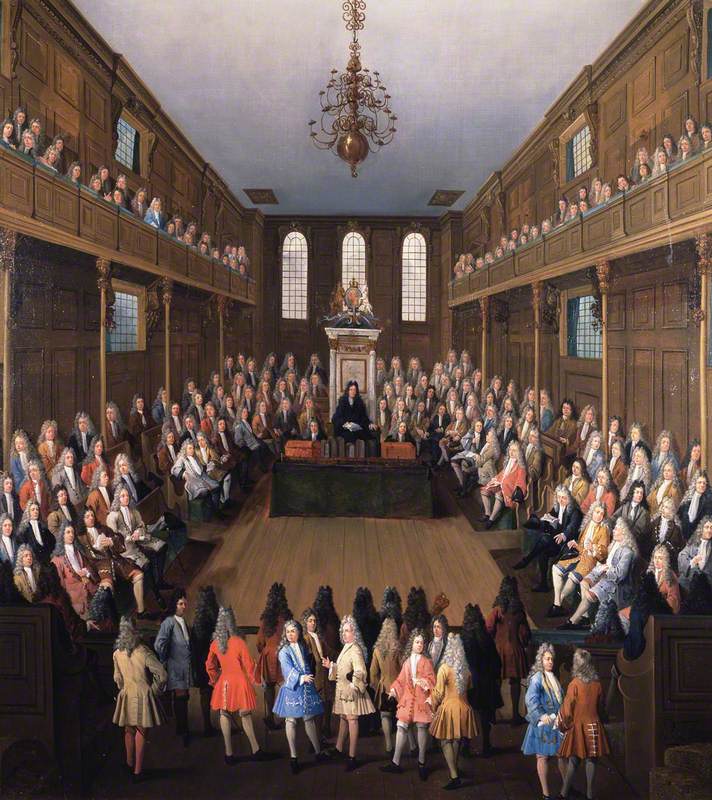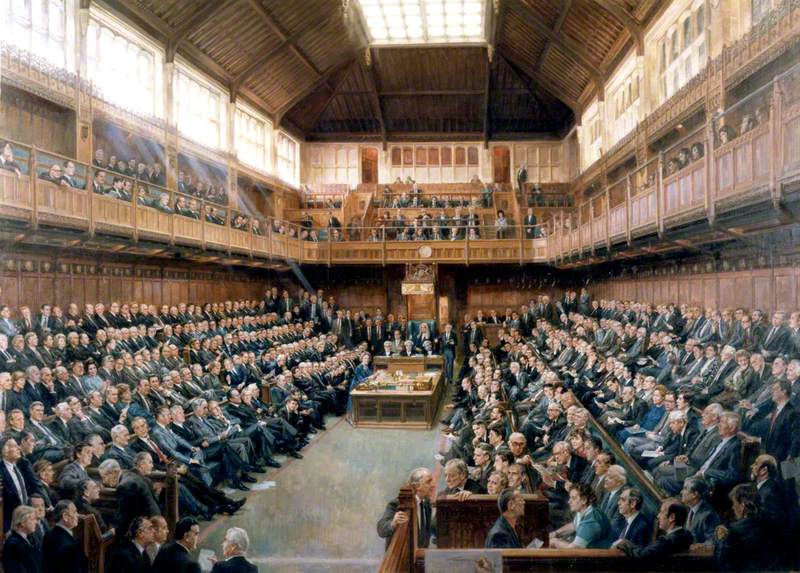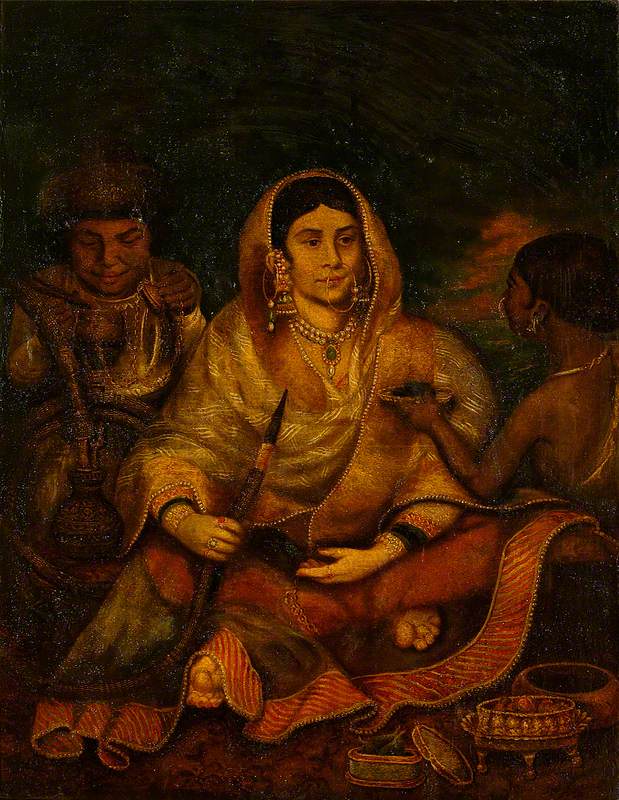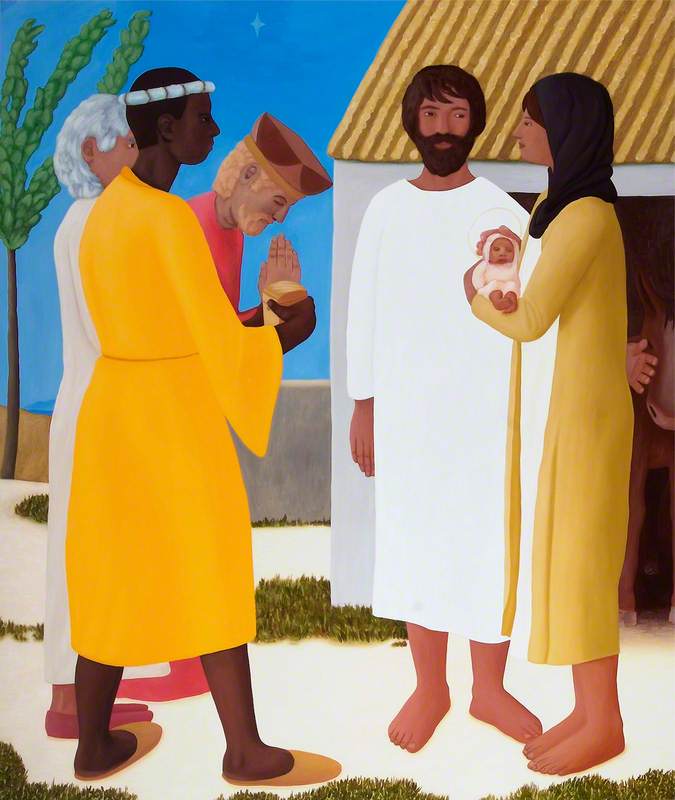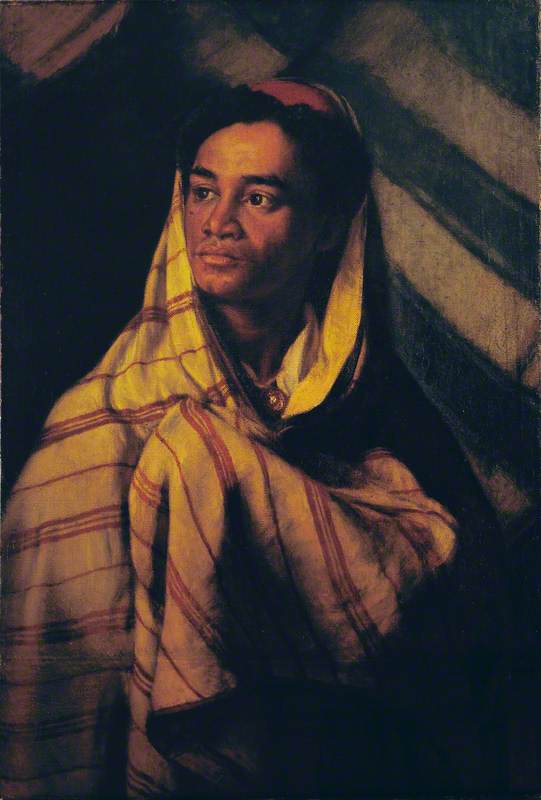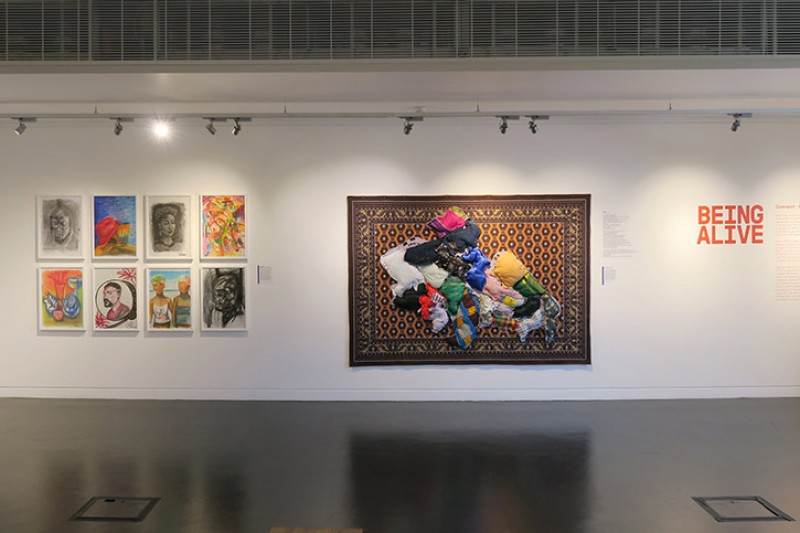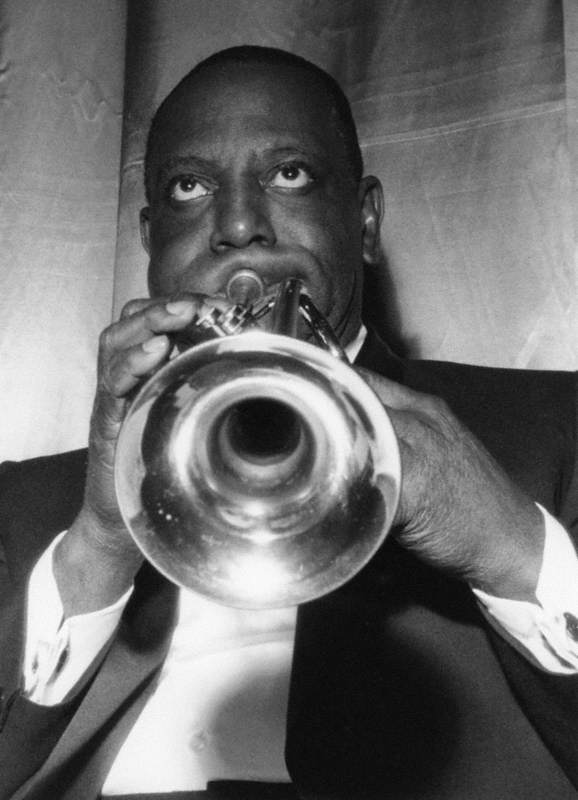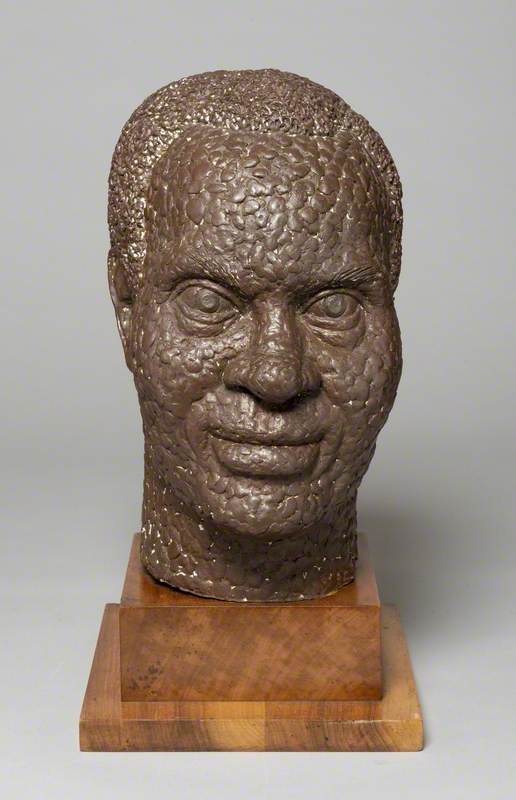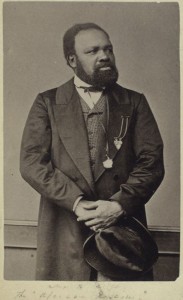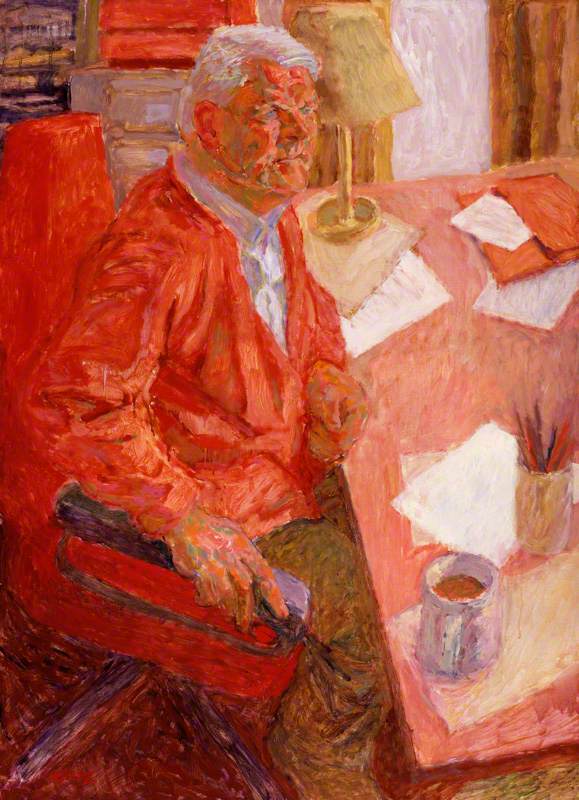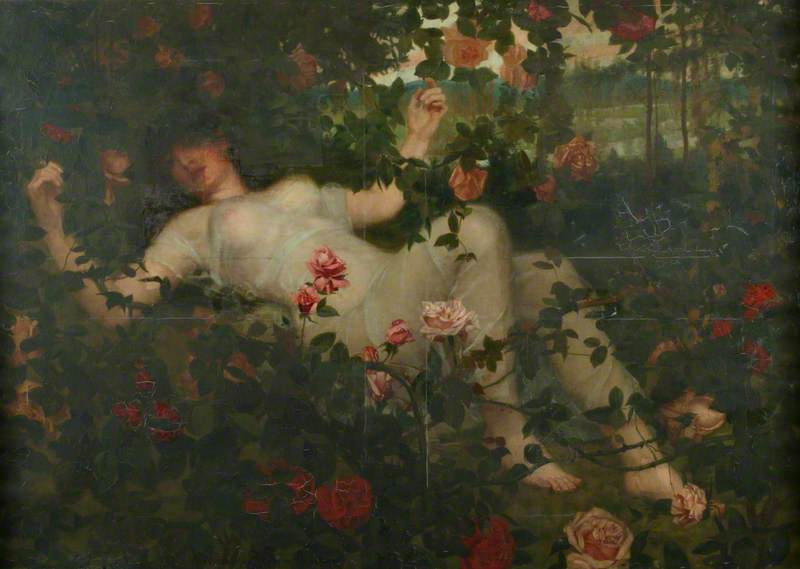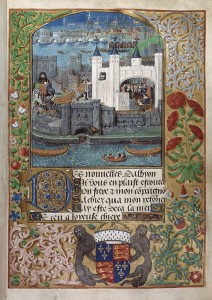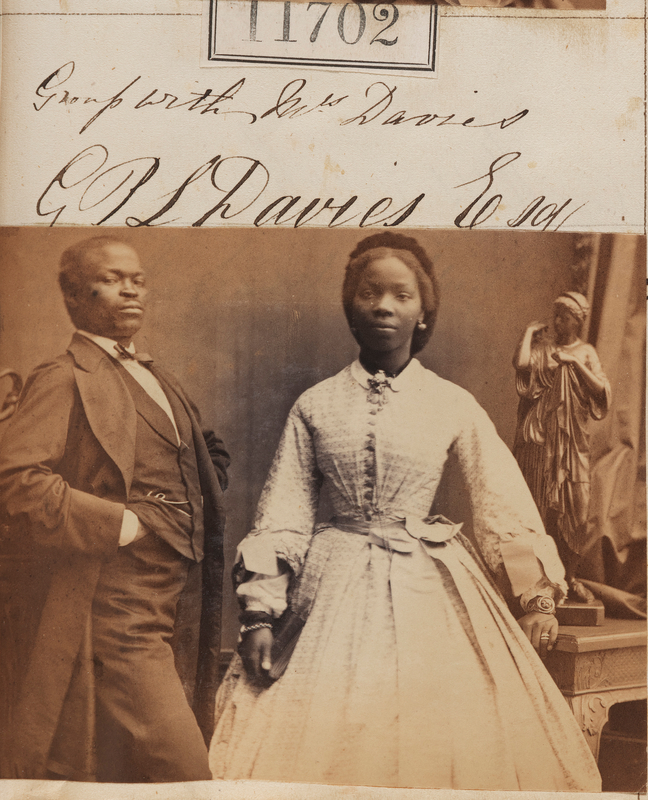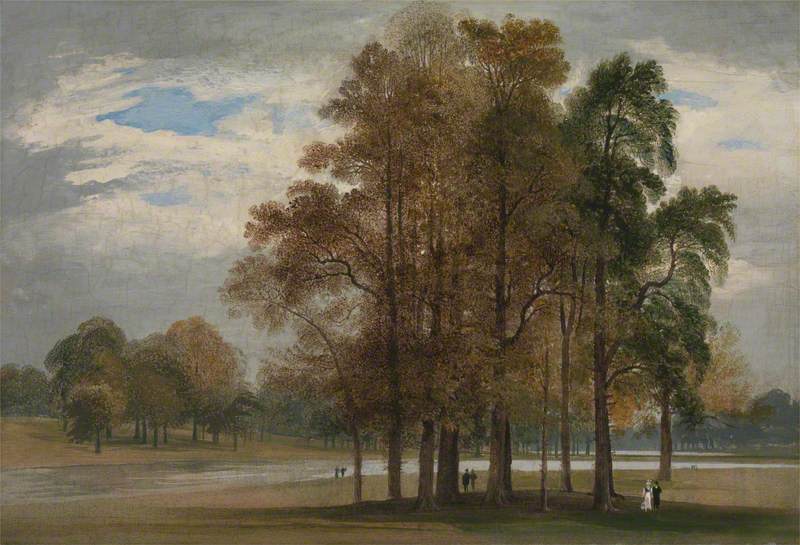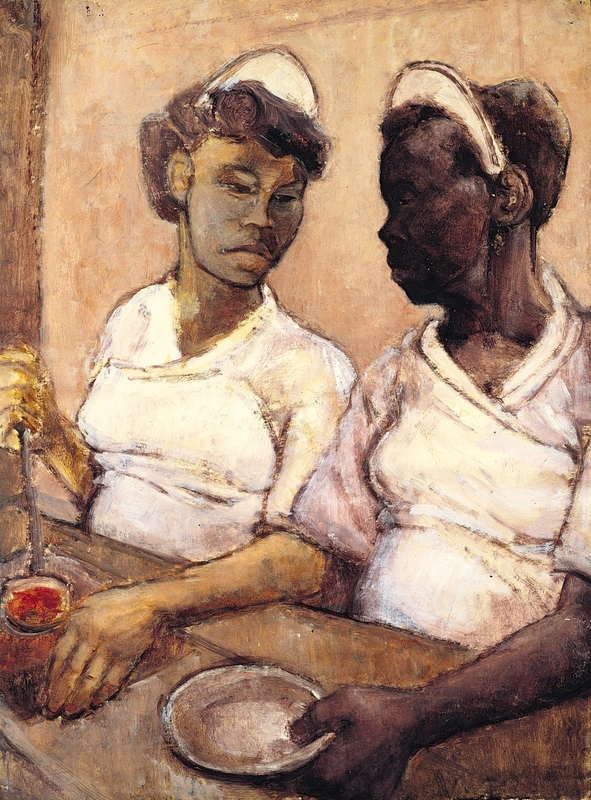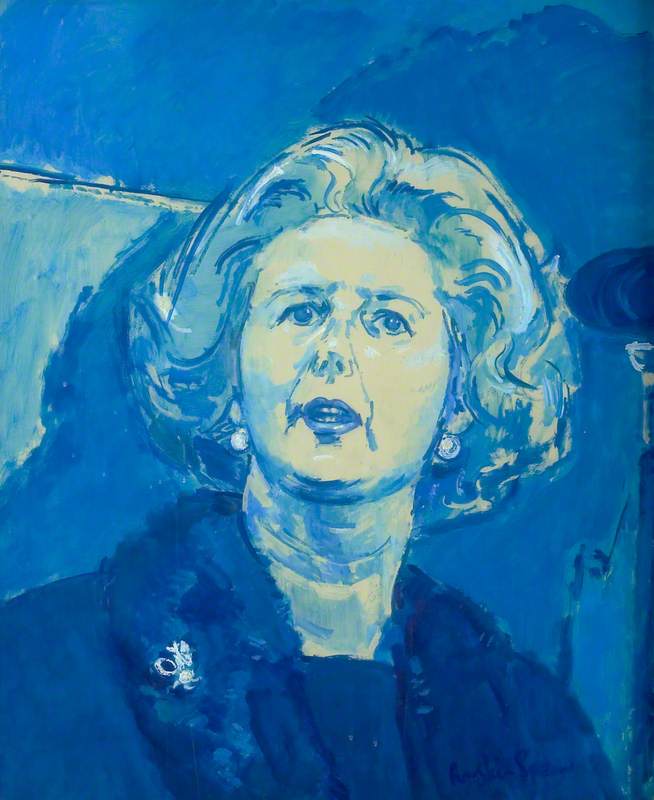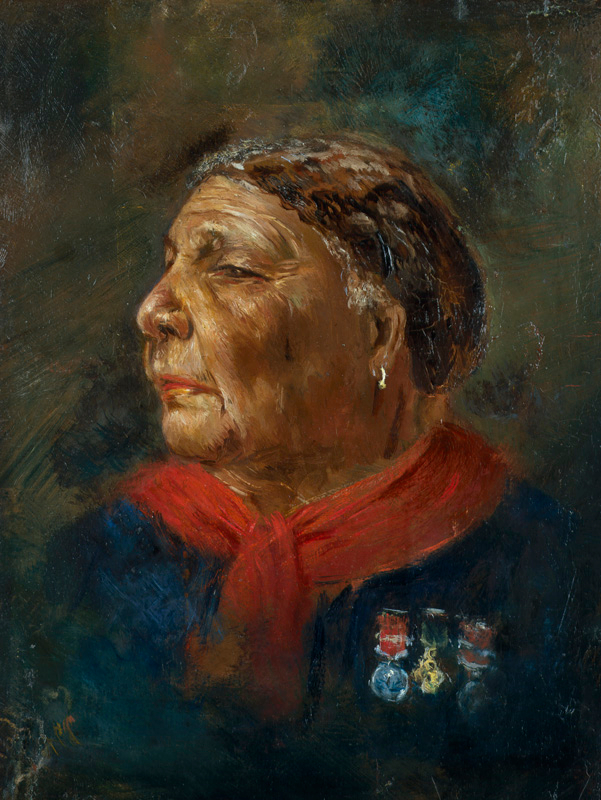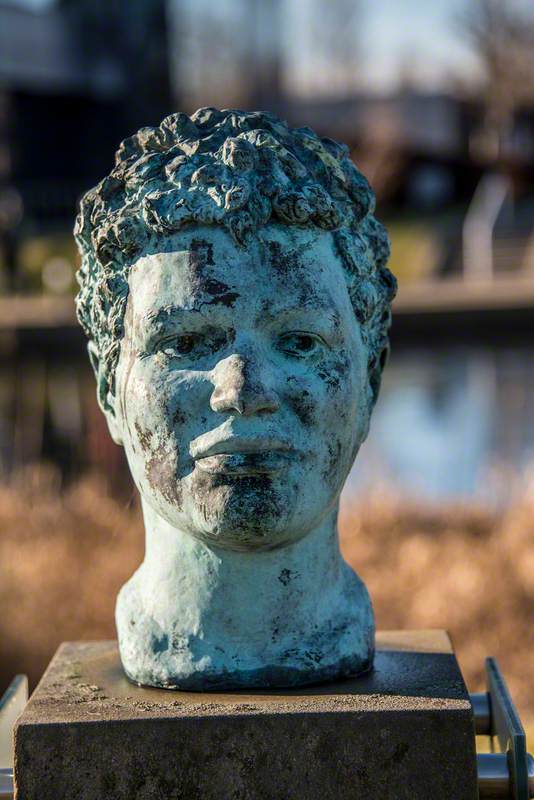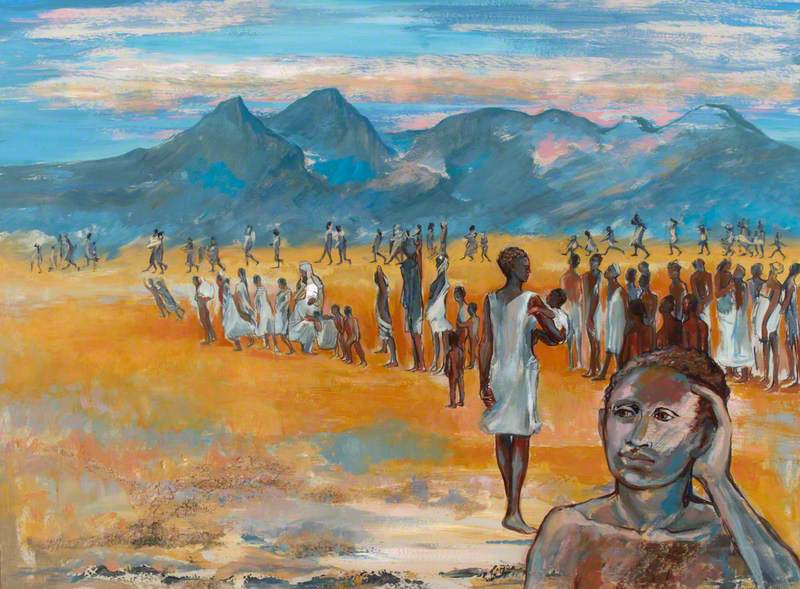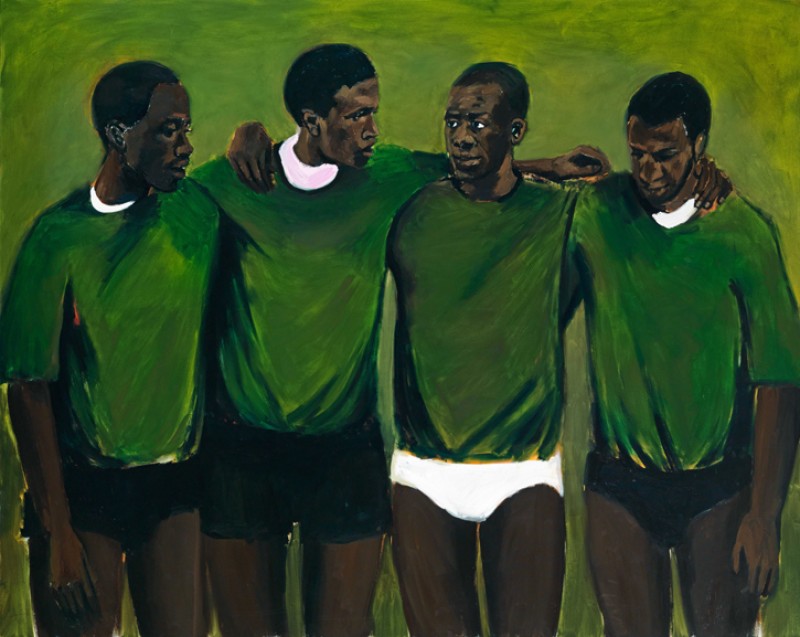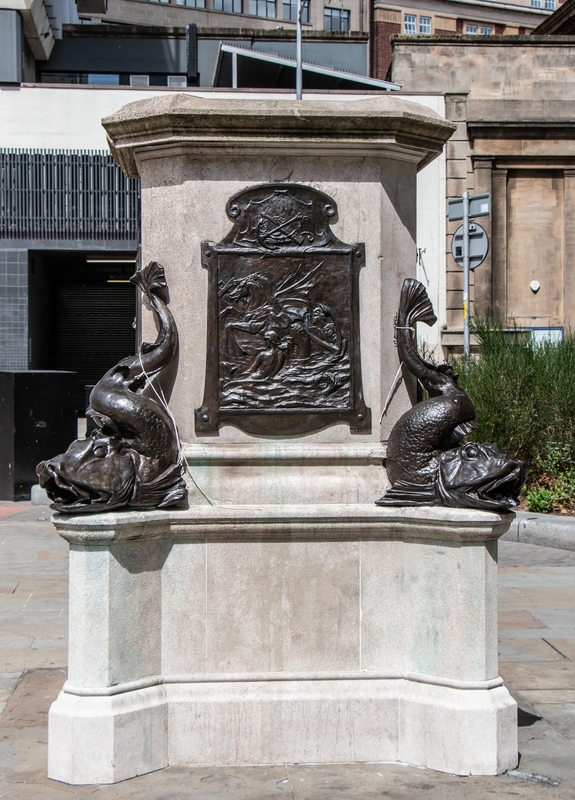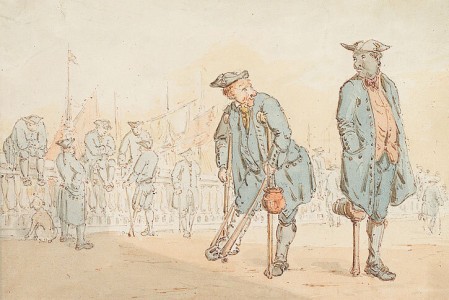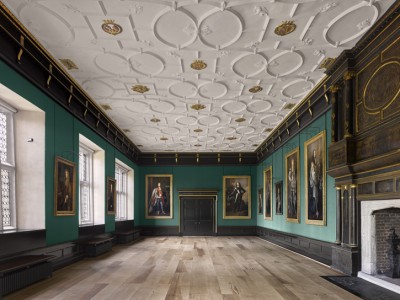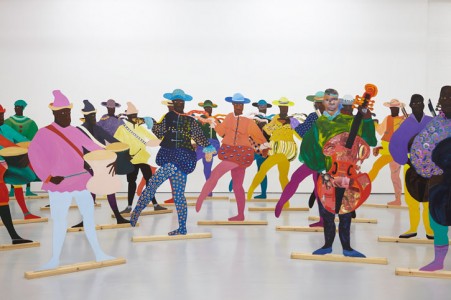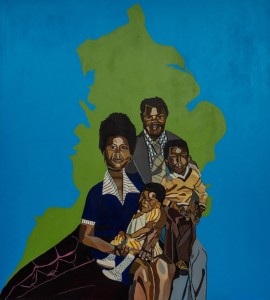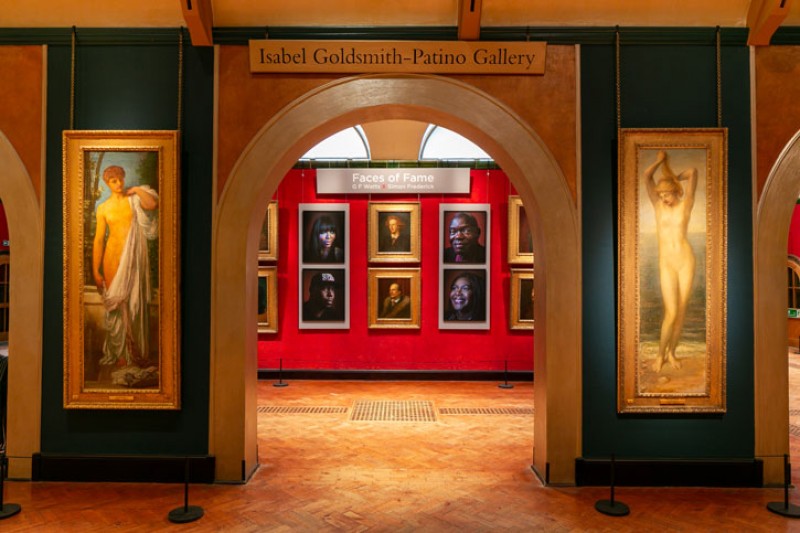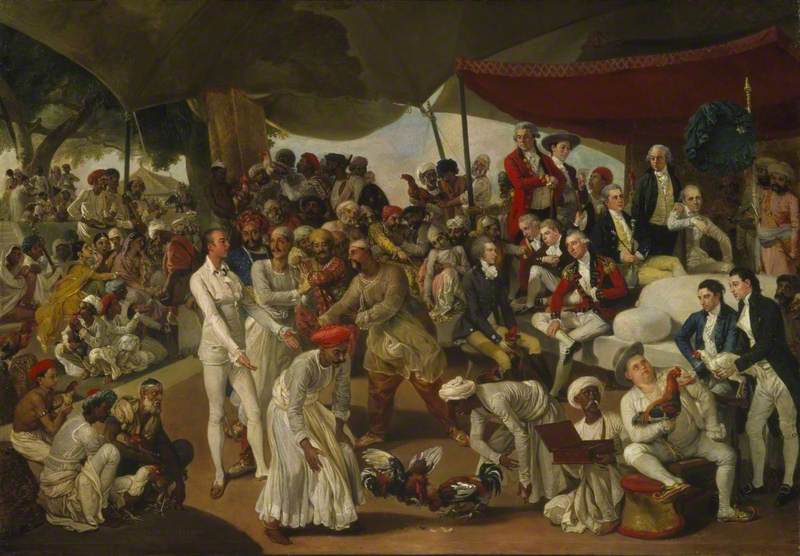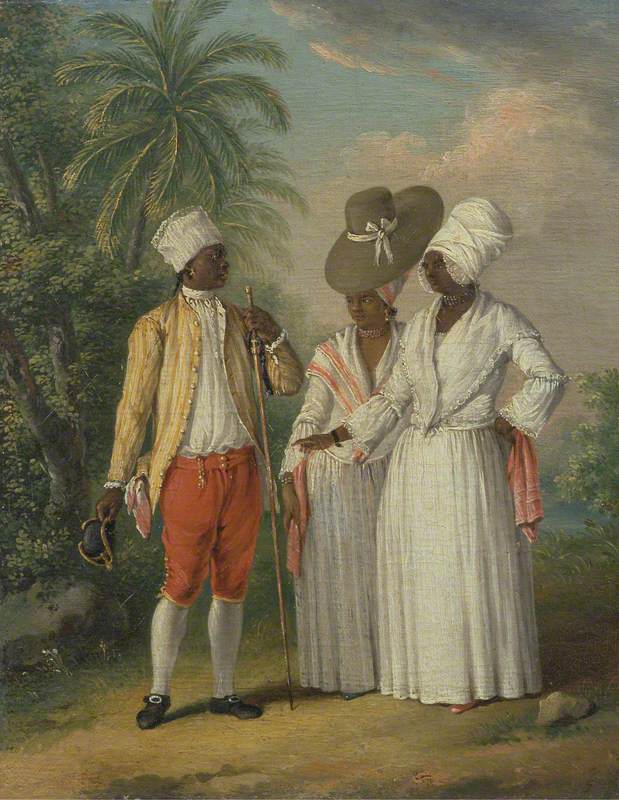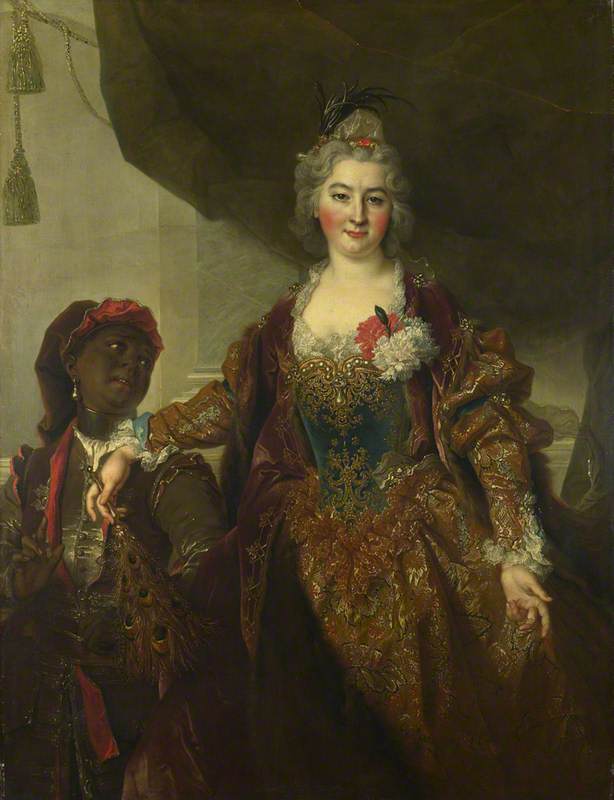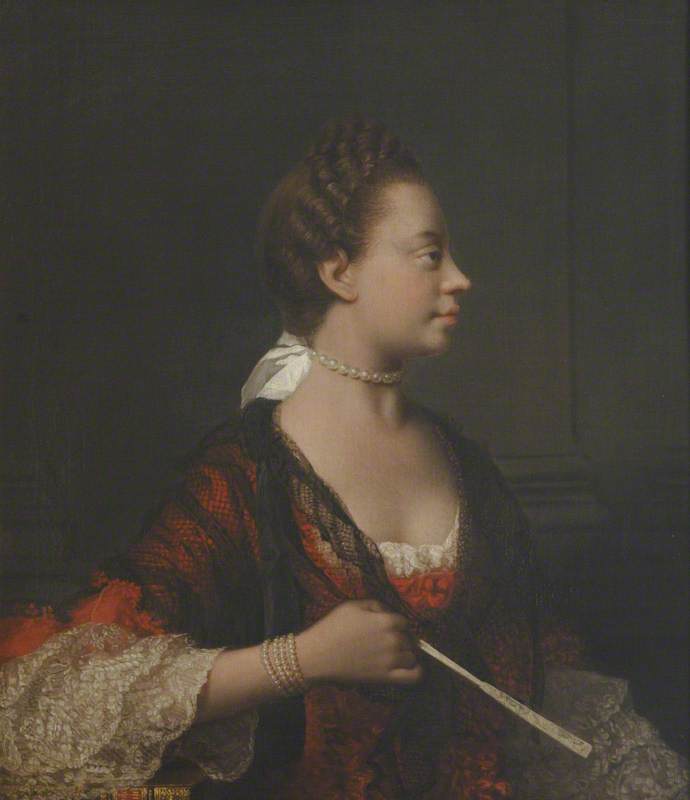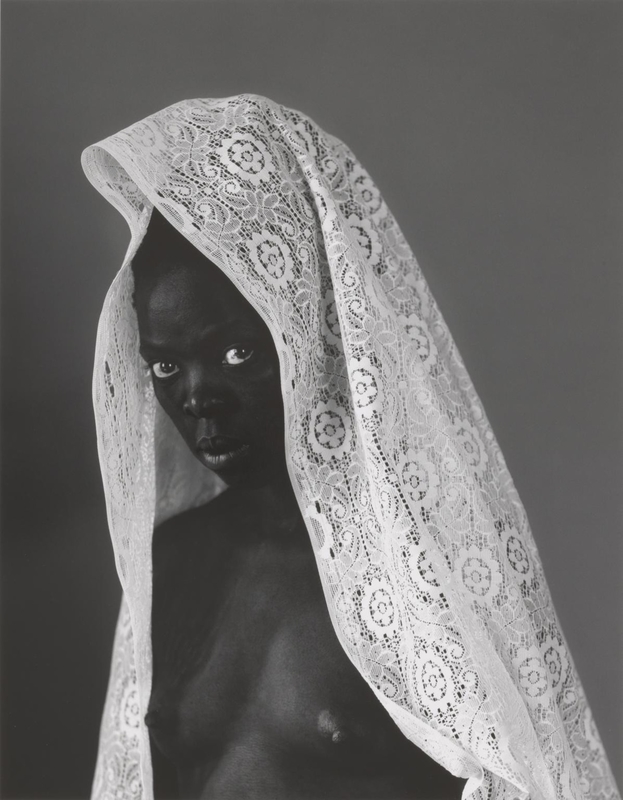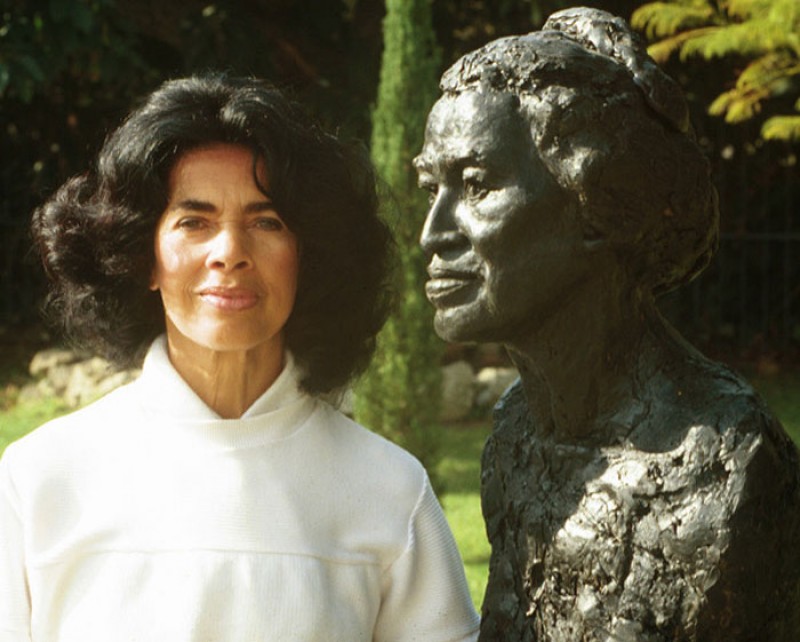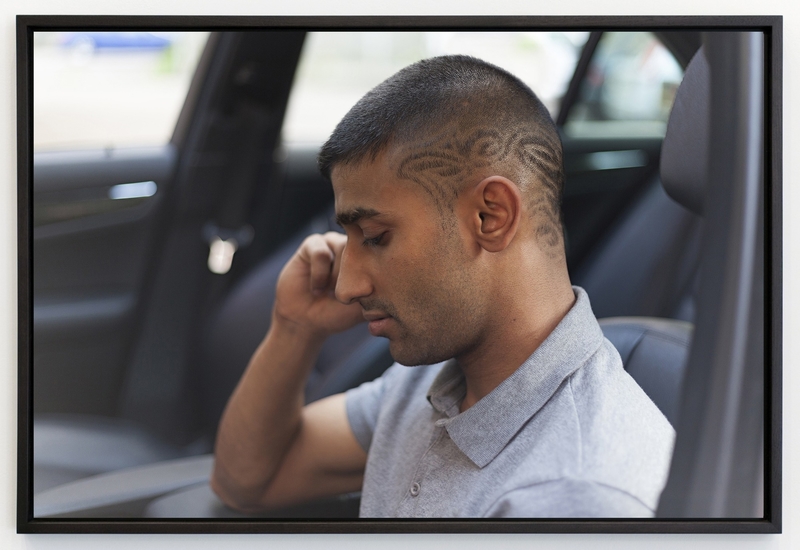Portraits often have the ability to tell many stories within a single image, weaving objects and narratives to reveal our complexities. This multi-layered portrait of John Archer by artist Paul Clarkson is no different.
John Archer, born in Liverpool in 1863, was a distinguished politician and activist, well known for positions such as being the founding president of the African Progress Union, a Pan-African association dedicated to uniting African and Caribbean countries with 'African ideas in liberal education'. As you look closer at the portrait, it becomes clear that John Archer was a distinguished man of many talents, passions and interests.
John Archer was at the forefront of the Labour Party and was elected the Mayor of Battersea in 1913 after attending the first Pan-African Conference in 1900 and deciding to enter local politics. Many people mistake Archer for being the first black mayor in the United Kingdom rather than the first black mayor of London – however that title belongs to Allan Glaisyer Minns, elected in Norfolk. Upon his election, Archer proclaimed:
'My election tonight means a new era. You have made history tonight. For the first time in the history of the English nation a man of colour has been elected as mayor of an English borough. That will go forth to the coloured nations of the world and they will look to Battersea and say Battersea has done many things in the past, but the greatest thing it has done has been to show that it has no racial prejudice and that it recognises a man for the work he has done.'
John R. Archer, Mayor of Battersea
1914, unknown photographer 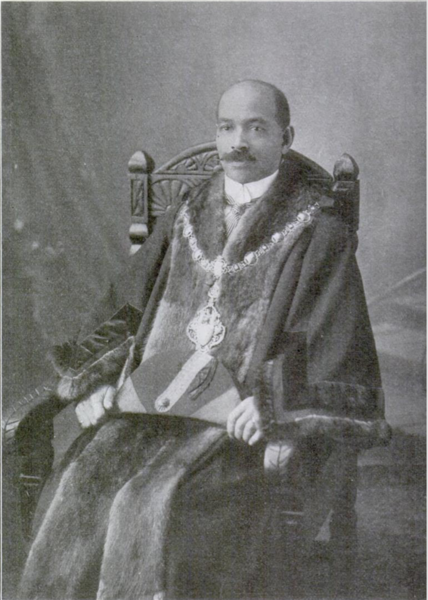
Archer's role and influence in emancipatory left-wing politics – not just in the UK but in the United States by way of the Civil Rights Movement – was unmistakeable. A keen eye may spot several of these political references in the portrait included by Clarkson.
Firstly, Archer's exquisitely dressed arm rests upon a copy of The Crisis newspaper. The Crisis was a seminal text in civil rights America, as it was the official journal published in association with the National Association for the Advancement of Colored People (NAACP). Founded in 1910, the quarterly newspaper was edited by key activist and sociologist W. E. B. Du Bois, in an attempt to 'educate and challenge its readers about issues that continue to plague African Americans and other communities of color.' Du Bois goes on to say that the 'editorial page will stand for the rights of men, irrespective of color or race.' The paper's impact was huge, publishing artists and writers of the Harlem Renaissance such as Langston Hughes and Zora Neale Hurston, as well as segments in the paper highlighting successful black men in a variety of careers. Archer and his wife were both featured in The Crisis to celebrate his election as Mayor of Battersea.
One may also spot a small photograph in the background, placed in the centre of a building. This is a portrait of musician Samuel Coleridge-Taylor, nicknamed the 'African Mahler' due to his mixed-race heritage as a descendant of African-American freed slaves, and his aptitude for music composition and performance. Coleridge-Taylor toured prolifically around the United States at the turn of the twentieth century, and was noted for his ability to merge traditional music from the African continent and classical music. He was firmly entrenched in politics too, receiving acclaim and support from politicians such as Theodore Roosevelt and US Ambassador John Milton Hay. It is possible Archer was an admirer from afar, or may well have come across Coleridge-Taylor personally when the musician performed alongside distinguished African-American poet Paul Laurence Dunbar in London, organised by another African-American playwright, Henry Francis Dowling.
Other clues which hint towards Archer's political leanings in the portrait include a poster advertising the Fisk Jubilee Singers. The a cappella music ensemble toured the United States and later Europe with a traditional spiritual gospel repertoire, designed to raise funds for Fisk University, a historically black college in Tennessee. The group performed at the White House and cities along the Underground Railroad path used by slaves to enter free states. They later performed in London for Queen Victoria who described their voices as 'beautiful.' Placed next to Archer's leg is a camera – Archer is noted as having his own photography studio in Battersea.
The portrait, contemporary in its nature and composition, manages to tell a bigger story about a man so pivotal to discussions about politics and race in London, Liverpool and further beyond. One might say that this portrait earnestly showcases Archer's influences, but it cannot be understated: Archer's earlier travels around the United States and Canada may well have exposed him to the Civil Rights movement, which could therefore influence his political point of view upon his return to the UK. Archer was included in a 'Great Britons' stamp set commissioned by the Royal Mail in 2013 to celebrate his legacy.
Find out more about John Archer to be honoured in Royal Mail’s ‘Great Britons’ stamp set: http://t.co/OGgWuZf18k pic.twitter.com/6c38S14RwA
— Black Atlantic Tweet (@blackatlantic1) April 17, 2013
Clarkson's attempt to interrogate Liverpool's relationship with the transatlantic slave trade and Black history means we are left with a striking artistic representation of a multi-faceted personality who believed in equality and fairness for all. Clarkson's attention to detail provides us as viewers with further clues about a man whose influence can still be felt in British politics today, paving the way for black British politicians today.
Vanessa Peterson, freelance writer
